Stainless Steel Suppliers
Is 304 stainless steel magnetic?
Have you ever wondered why some stainless steel objects stick to magnets, while others don’t? Well, if you’re curious about the magnetic properties of stainless steel, you’ve come to the right place. In this article, we’ll explore whether 304 stainless steel, one of the most popular stainless steel alloys, is magnetic or not. So let’s get started and uncover the mystery behind the magnetic allure of stainless steel!
So is 304 stainless steel magnetic?
The answer is that No. 304 stainless steel is generally considered non-magnetic. However, it may become slightly magnetic when it is cold-worked.
This is due to the rearrangement of its microstructure during cold-working, which can introduce defects and distortions that can cause the material to exhibit magnetic properties. Additionally, the introduction of martensite, a magnetic phase, may occur during cold-working. These effects are typically minor and do not significantly impact the overall non-magnetic properties of 304 stainless steel. Nonetheless, it is important to be aware of this potential for magnetization when using 304 stainless steel in applications where magnetic properties may be a concern.
This article will continue to discuss this question from the following aspects:
Table of Contents
What is the difference between ferromagnetic and non-ferromagnetic materials?
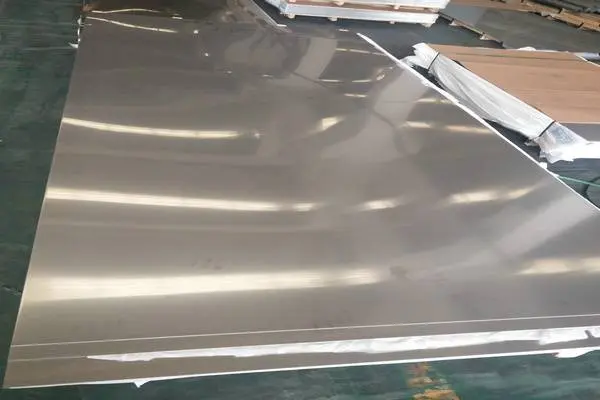
When it comes to magnetic materials, there are two broad categories: ferromagnetic and non-ferromagnetic. Ferromagnetic materials are those that are strongly attracted to a magnet and can become permanently magnetized themselves, such as iron, nickel, and cobalt.
Non-ferromagnetic materials, on the other hand, are weakly attracted to a magnet and do not retain any permanent magnetization, such as copper, aluminum, and gold.
The key difference between the two is in their atomic structure. Ferromagnetic materials have a unique arrangement of electrons that creates small magnetic fields around each atom. These fields are typically oriented in random directions, resulting in no overall magnetic field.
However, when a ferromagnetic material is exposed to an external magnetic field, the magnetic fields around the atoms align and become stronger, resulting in magnetization.
Non-ferromagnetic materials, on the other hand, do not have this unique electron arrangement and do not create strong magnetic fields around each atom. As a result, they do not exhibit strong magnetic properties and are not easily magnetized.
Understanding the difference between ferromagnetic and non-ferromagnetic materials is important in many applications, from designing magnetic materials for electronic devices to understanding the behavior of materials in magnetic fields. It also plays a crucial role in the everyday objects we use, from refrigerator magnets to credit cards.
Stainless steel is a widely used material in various applications due to its excellent properties, such as corrosion resistance and high strength. However, the magnetism of stainless steel can also play a role in its performance in different applications.
In some applications, such as in the aerospace industry, non-magnetic stainless steel is preferred to avoid interference with sensitive equipment. On the other hand, in the automotive industry, magnetic stainless steel is used in various parts, such as fuel injectors and sensors.
The magnetism of stainless steel can also impact its machinability. Magnetic stainless steel is more difficult to machine compared to non-magnetic stainless steel, as it is more prone to work hardening and requires special machining techniques.
In addition, the magnetism of stainless steel can also affect its weldability. Magnetic stainless steel can experience magnetic arc blow during welding, which can cause the arc to deviate and lead to poor quality welds. Non-magnetic stainless steel does not experience this issue and is easier to weld.
Overall, the magnetism of stainless steel can play a significant role in its performance in different applications. Understanding the magnetism of stainless steel and selecting the appropriate type for specific applications is crucial for optimal performance and longevity.
How does the magnetism of stainless steel impact its performance in different applications?
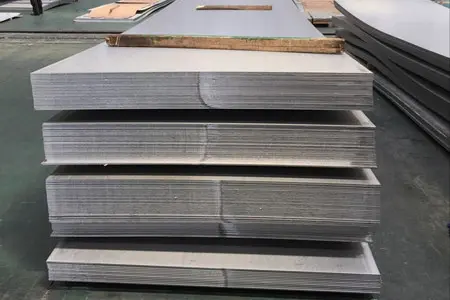
Can non-magnetic stainless steel be transformed into magnetic stainless steel?
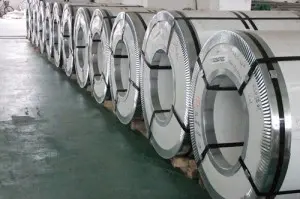
Well, well, well, can non-magnetic stainless steel be transformed into magnetic stainless steel? It’s a great question that has been puzzling many curious minds out there. Let’s break it down.
Firstly, let’s clarify that not all stainless steel is magnetic. In fact, many types of stainless steel are non-magnetic due to their crystal structure. However, there are certain types of stainless steel, such as the austenitic ones, that can become slightly magnetic after cold-working.
Now, can non-magnetic stainless steel be transformed into magnetic stainless steel? The short answer is yes, it is possible. One way to do so is by exposing the non-magnetic stainless steel to a magnetic field, which can align the atoms and induce magnetism. This process is known as magnetization.
Another way is to modify the composition of the stainless steel by adding elements such as nickel or manganese, which can enhance its magnetic properties. However, this would also affect other properties of the stainless steel, such as its corrosion resistance and strength.
In conclusion, while it is possible to transform non-magnetic stainless steel into magnetic stainless steel, it is important to consider the impact of such modification on the overall performance and properties of the material. As with many things in life, it’s all about finding the right balance.
Magnetic stainless steel, also known as ferritic stainless steel, has a variety of practical applications due to its unique magnetic properties.
One of its most common applications is in the manufacturing of automotive parts, such as exhaust systems, because it is resistant to corrosion and can withstand high temperatures.
Magnetic stainless steel is also commonly used in household appliances, such as refrigerators and dishwashers, because of its durability and resistance to rust and stains.
Another application of magnetic stainless steel is in the production of building materials, such as roofing and siding, as it is a cost-effective and low-maintenance option that can withstand harsh weather conditions. Additionally, it is often used in the manufacturing of industrial equipment, such as storage tanks and pipelines, due to its resistance to corrosive materials.
In the medical field, magnetic stainless steel is used to produce surgical and dental instruments due to its resistance to corrosion and ease of sterilization. It is also used in the production of food processing equipment, as it is non-reactive and can withstand high temperatures and harsh cleaning agents.
Overall, the unique magnetic properties of stainless steel make it a versatile and valuable material in a variety of industries and applications.
What are some practical applications of magnetic stainless steel?
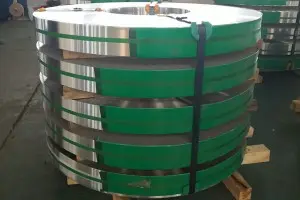
Conclusion
The topic of stainless steel magnetism was explored in depth, covering questions such as whether 304 stainless steel is magnetic, the difference between ferromagnetic and non-ferromagnetic materials, and the impact of magnetism on stainless steel’s performance in different applications. The possibility of transforming non-magnetic stainless steel into magnetic was also discussed, along with practical applications of magnetic stainless steel.
In summary, while some types of stainless steel are magnetic, others are not, and the magnetic properties of stainless steel can impact its use in various applications, from industrial manufacturing to biomedical implants. Understanding these properties and their applications is important for those in the engineering, manufacturing, and scientific communities.
Contact Us
Related Posts
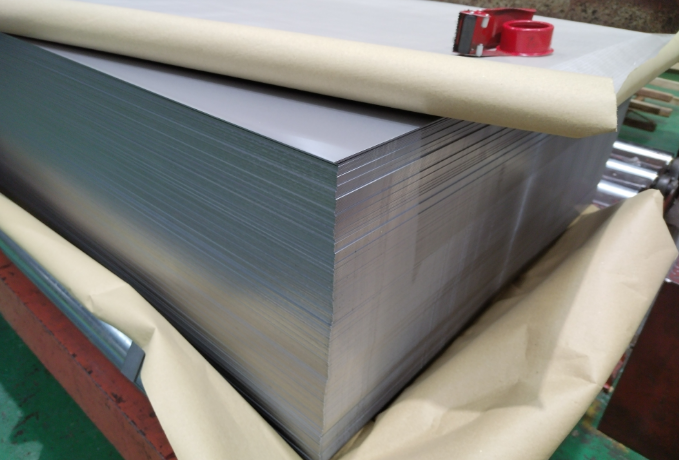
Protective Measures for Stainless Steel in Water Environments
Stainless steel, as an extensively utilized alloy material, finds applications across numerous working scenarios. However, it is crucial to emphasize that when stainless steel is
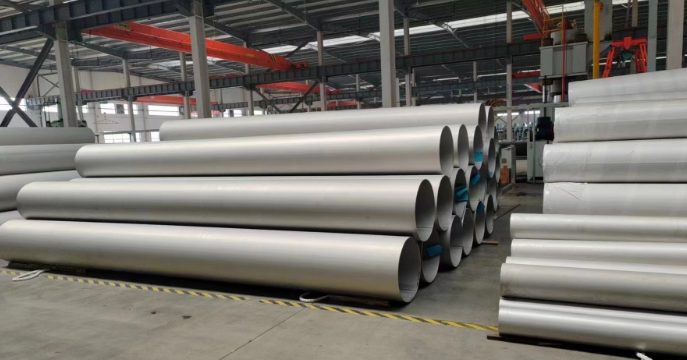
Performance Characteristics and Applications of 303 Stainless Steel
303 stainless steel, as a type of stainless steel containing sulfur and selenium, not only exhibits high machinability and resistance to high-temperature sticking but also
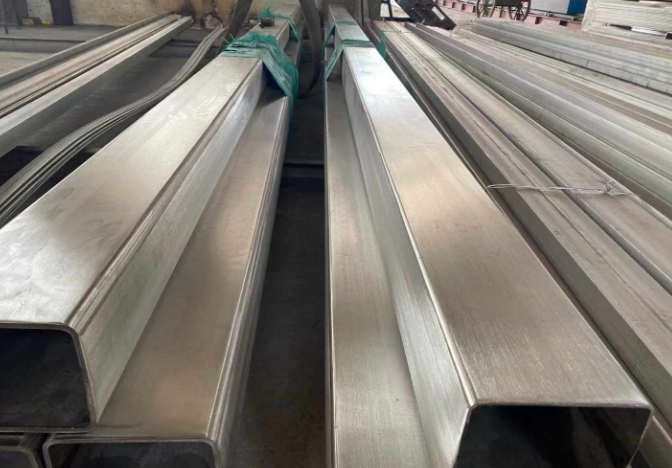
Properties, Characteristics and Applications of 416 Stainless Steel
As an outstanding martensitic stainless steel, 416 stainless steel boasts a unique chemical composition that endows it with superior magnetic properties, good corrosion resistance, ease
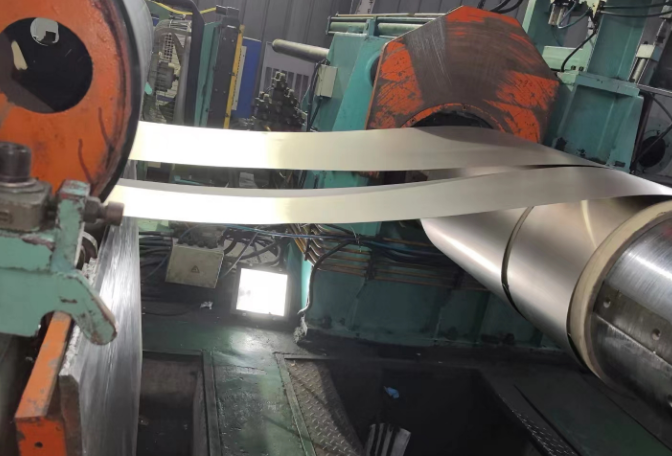
Advantages of Hot Rolling Process in Stainless Steel Manufacturing
Stainless steel, a ubiquitous metallic material, finds extensive applications across various sectors such as construction, food processing, and healthcare. Enhancing the reliability and durability of
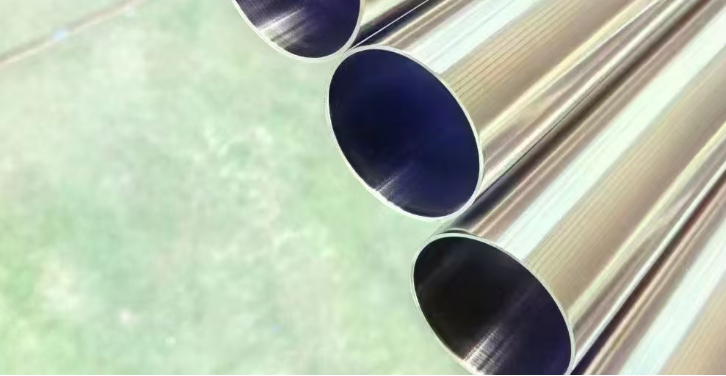
5 Methods to Enhance the Strength of Austenitic Stainless Steel
Stainless steel, as a crucial and widely utilized steel type, enjoys extensive applications in civil and industrial sectors due to its high corrosion resistance, excellent
 :+86-13012867759
:+86-13012867759  :export86@sino-stainless-steel.com
:export86@sino-stainless-steel.com